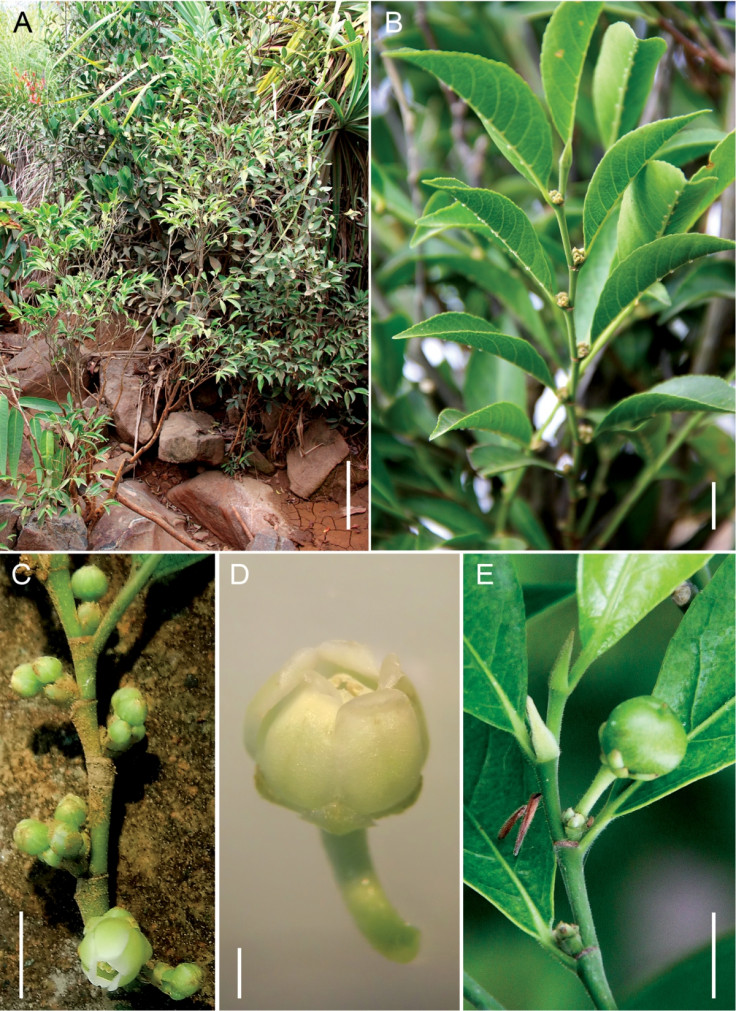Rinorea Niccolifera: the Plant that Eats Metal to Survive

A new species of plant that eats metal to survive has been discovered in the Philippines.
Rinorea niccolifera eats nickel and is able to consume up to 18,000ppm of the metal in its leaves without being poisoned.
While not the first metal-eating plant to have been discovered, Professor Edwino Fernando, from the University of the Philippines, said the discovery was a rare find.
Published in the open access journal PhytoKeys, the authors say the amount of nickel found in Rinorea niccolifera is up to 1,000 times higher than in most other plants.
Fernando, lead author of the study, said the phenomenon of nickel hyperaccumulation – where plants eat nickel – is so rare that only between 0.5% and 1% of plant species native to nickel-rich soils have this ability.

Across the world, it is estimated that there are just 450 species that can digest nickel, a tiny proportion considering there are around 300,000 species of vascular plant. Rinorea niccolifera was discovered on the western part of Luzon Island, an area well-known for its soils being rich in heavy metals.
The plant grows in forests, normally along gullies or sloping areas with large boulders or rocks, and reaches between 1.5 and 1.8m tall. Its outer bark is smooth and its young leaves are white and grow in flushes.
Researchers say the species has the potential to lead to the development of environmentally-friendly technology: "Hyperacccumulator plants have great potentials for the development of green technologies, for example, 'phytoremediation' and 'phytomining'," Augustine Doronila, co-author of the study said.
Explaining the terms, the authors note that phytoremediation refers to plants that remove heavy metals from contaminated soils, while phytomining involves using hyperaccumulator plants to recover commercially valuable metals from sites such as Luzon Island.
© Copyright IBTimes 2025. All rights reserved.






















